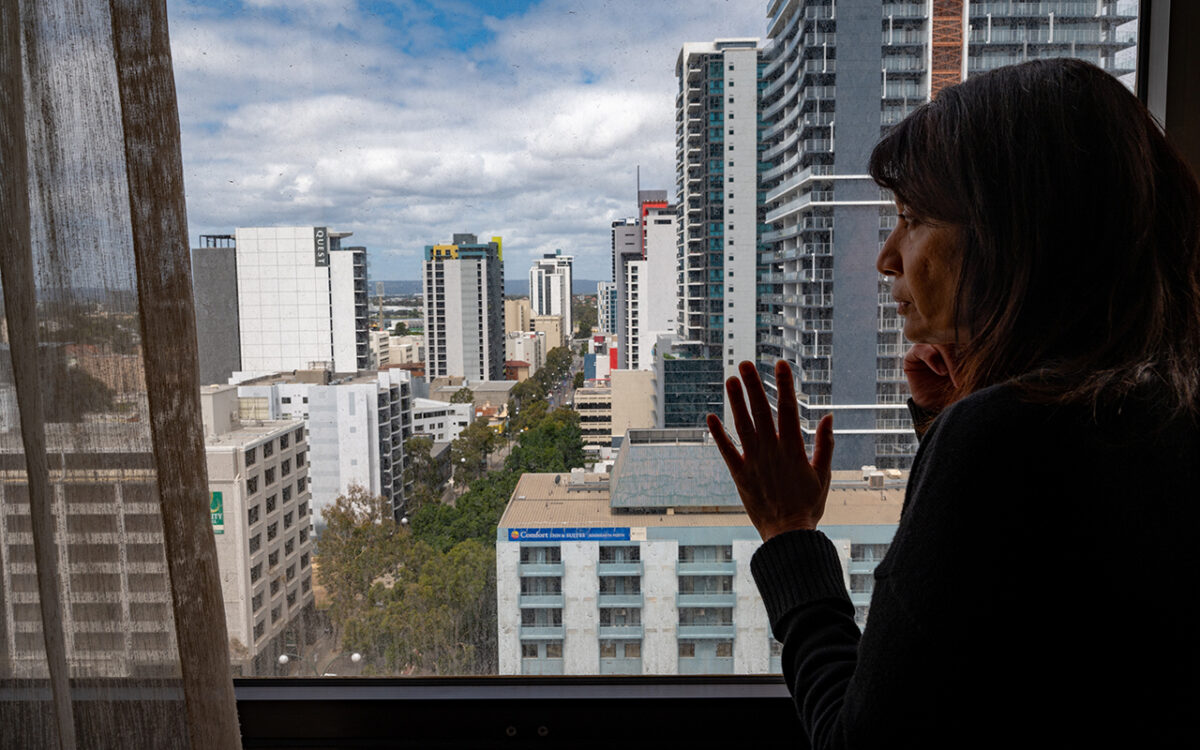The federal government has just announced that they’re halving the number of subsidised visits to psychologists, in a move that’s sure to have huge consequences for both psychologists and their patients.
For many years, Australians were able to claim Medicare rebates for 10 visits to a psychologist every calendar year – after visiting a GP and creating a mental health treatment plan – under the Better Access program. (When Better Access was first introduced in 2006, the scheme initially provided 12 visits per year, but in 2011 that was reduced to 10 visits.)
In August 2020, at the height of the COVID-19 pandemic, the Morrison Government temporarily doubled the number of subsidised visits to 20 a year, in order to combat the mental health crisis that the pandemic brought along with it. Now the Albanese Government wants to take us back to 10 visits.
Health Minister Mark Butler says that while people definitely took advantage of the extra visits, they were predominantly used by existing patients and not new patients, which is really who the extra visits were trying to target:
“Those additional 10 [visits] aggravated existing wait lists and aggravated barriers to access, particularly by people in rural and low socio-economic areas… The number of new patients who were able to get into the system and get access to psychology services actually declined by 7%.”
Mark Butler
Just last week, the Australian Psychological Society (APS) again called for the additional visits to become permanent, ABC News reports.
“The APS position is that these sessions should be a permanent feature of the Better Access program,” it said in a statement… We maintain this position and will continue to advocate for it,” the association said in a statement.

We understand the government’s rationale for halving the subsidised visits. At a time when the health system (particularly hospitals) is under immense strain, every dollar helps. Not only were the extra visits just helping existing patients effectively double-dip when it came to Medicare, but in actually discouraging new patients from accessing help, you could argue that it was completely counter-productive.
RELATED: Grim Statistic Proves Australia Needs Better Mental Health Education
Yet we can’t help but feel that doing away with the 20 entirely isn’t necessarily the right move.
The reality is that mental health care, even with 20 visits subsidised, is incredibly expensive in this country. Too often, getting quality mental health care is a case of the haves and have-nots: you can’t blame existing patients for trying to save money when visiting a psychologist is so expensive.
As we head into 2023, with lockdowns and social distancing mostly a thing of the past, it could be argued that some of the biggest contributors to our collective mental ill-health are gone. But COVID is still very much a thing – more to the point, many of us are still grappling with the same mental health issues that the pandemic created or exacerbated. Those issues haven’t gone away just because we’re not stuck in 5km bubbles anymore.
More to come.
Read Next
